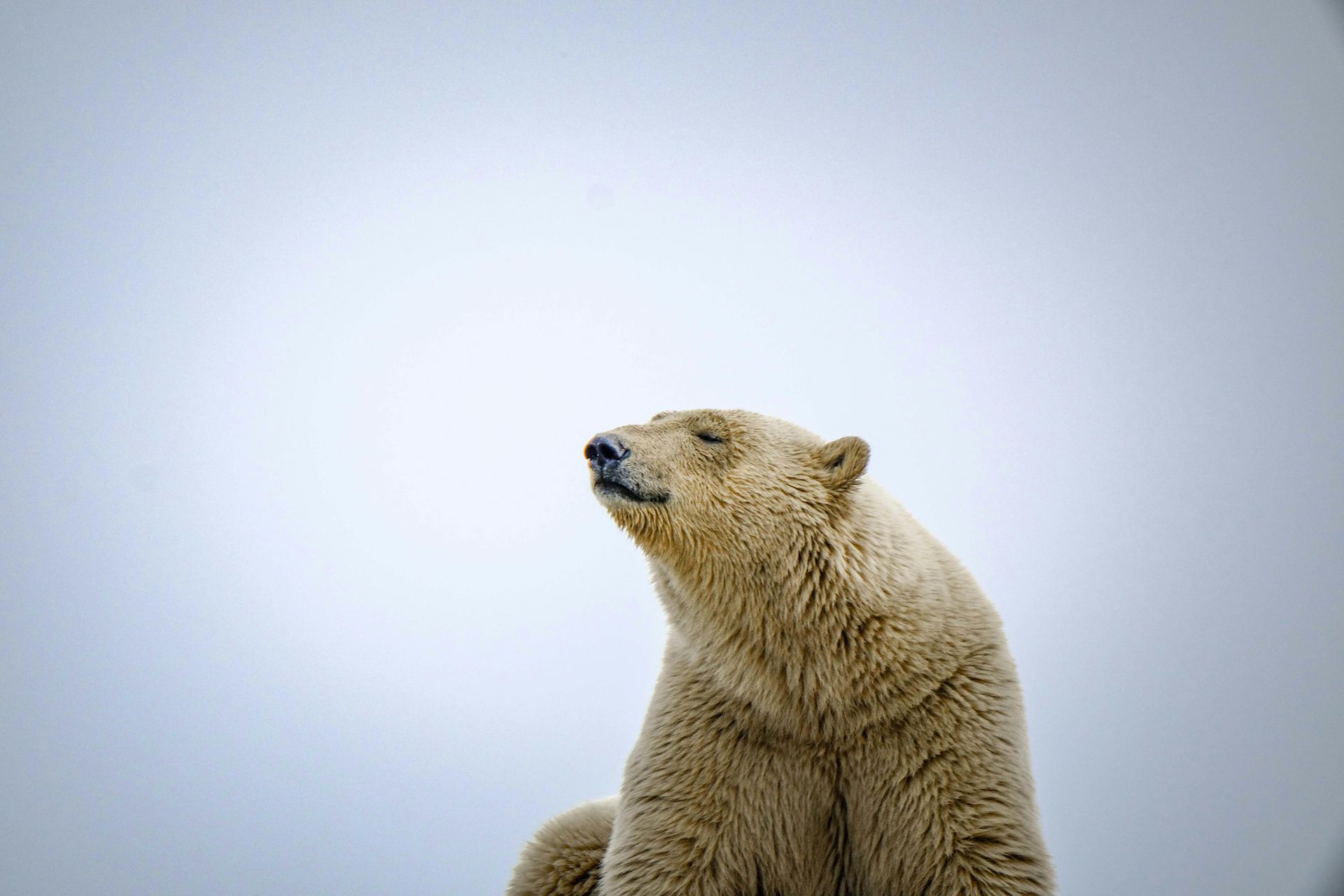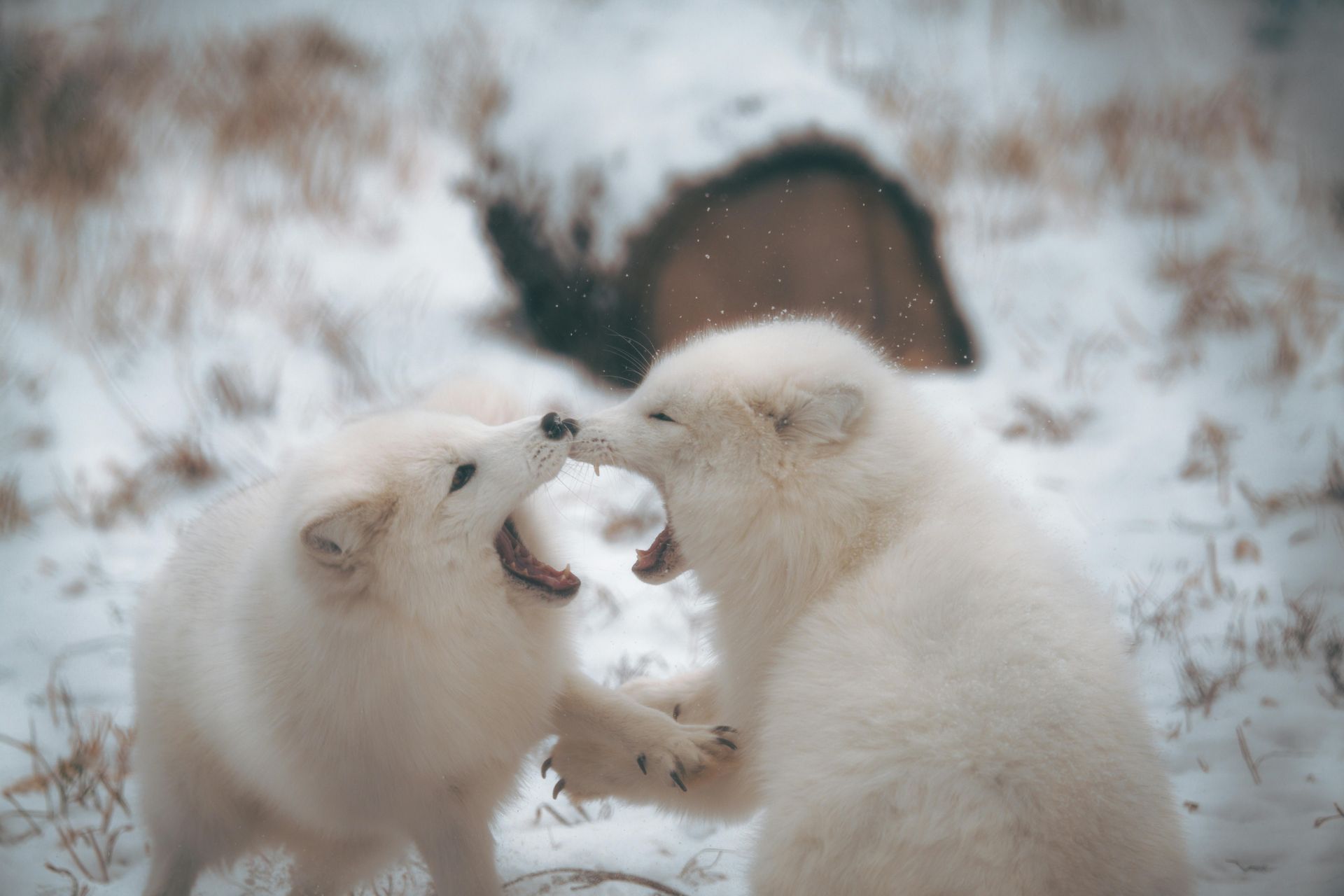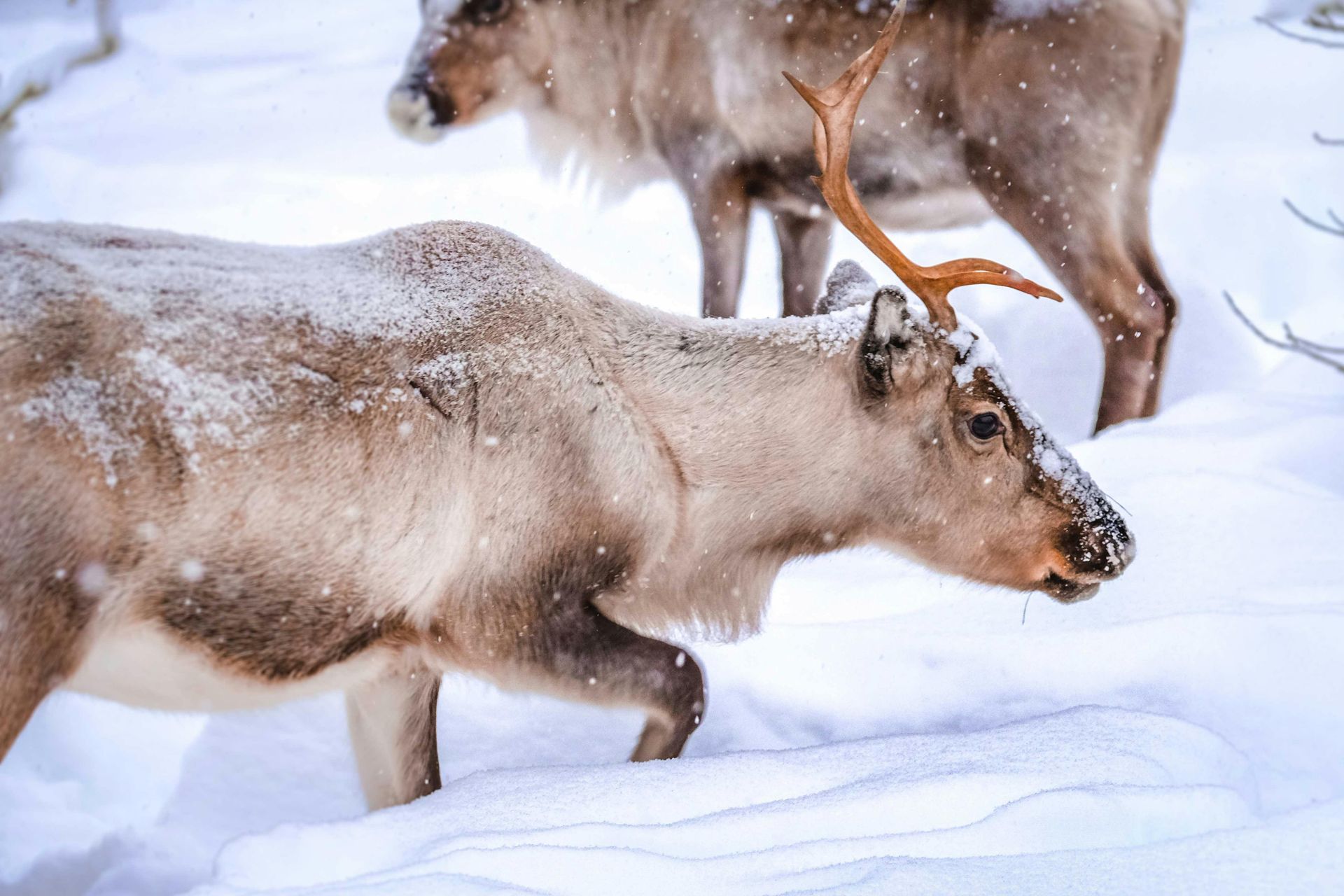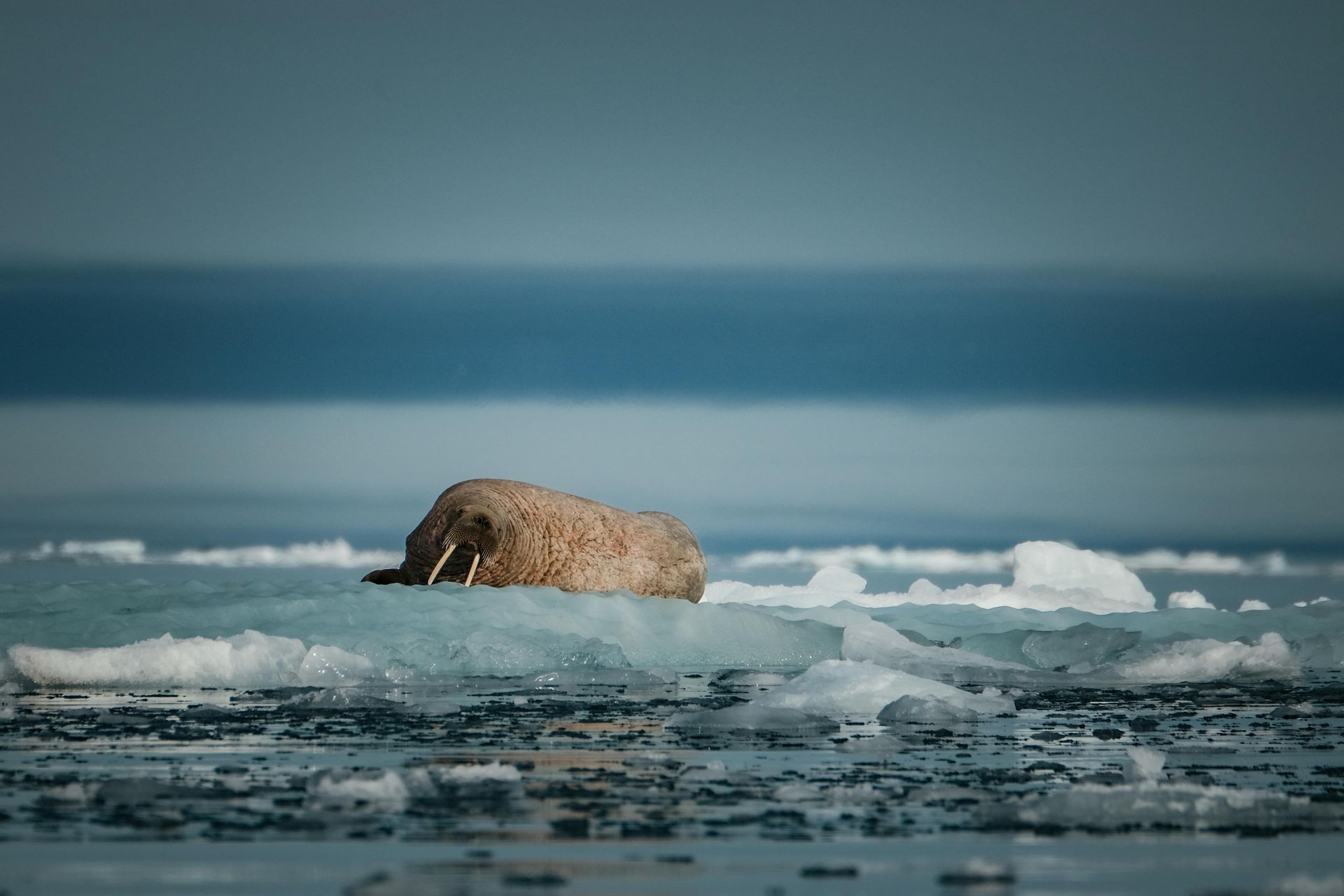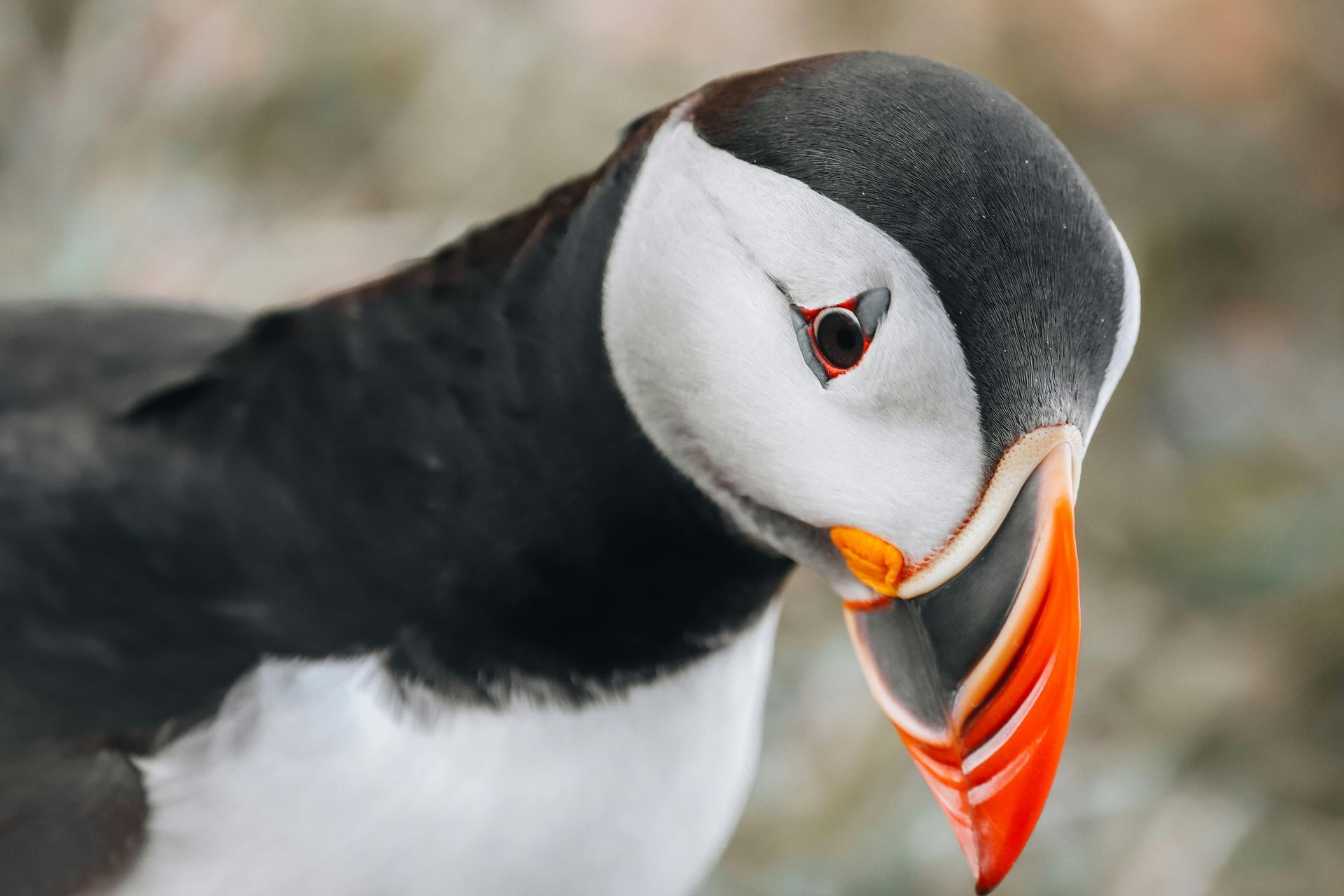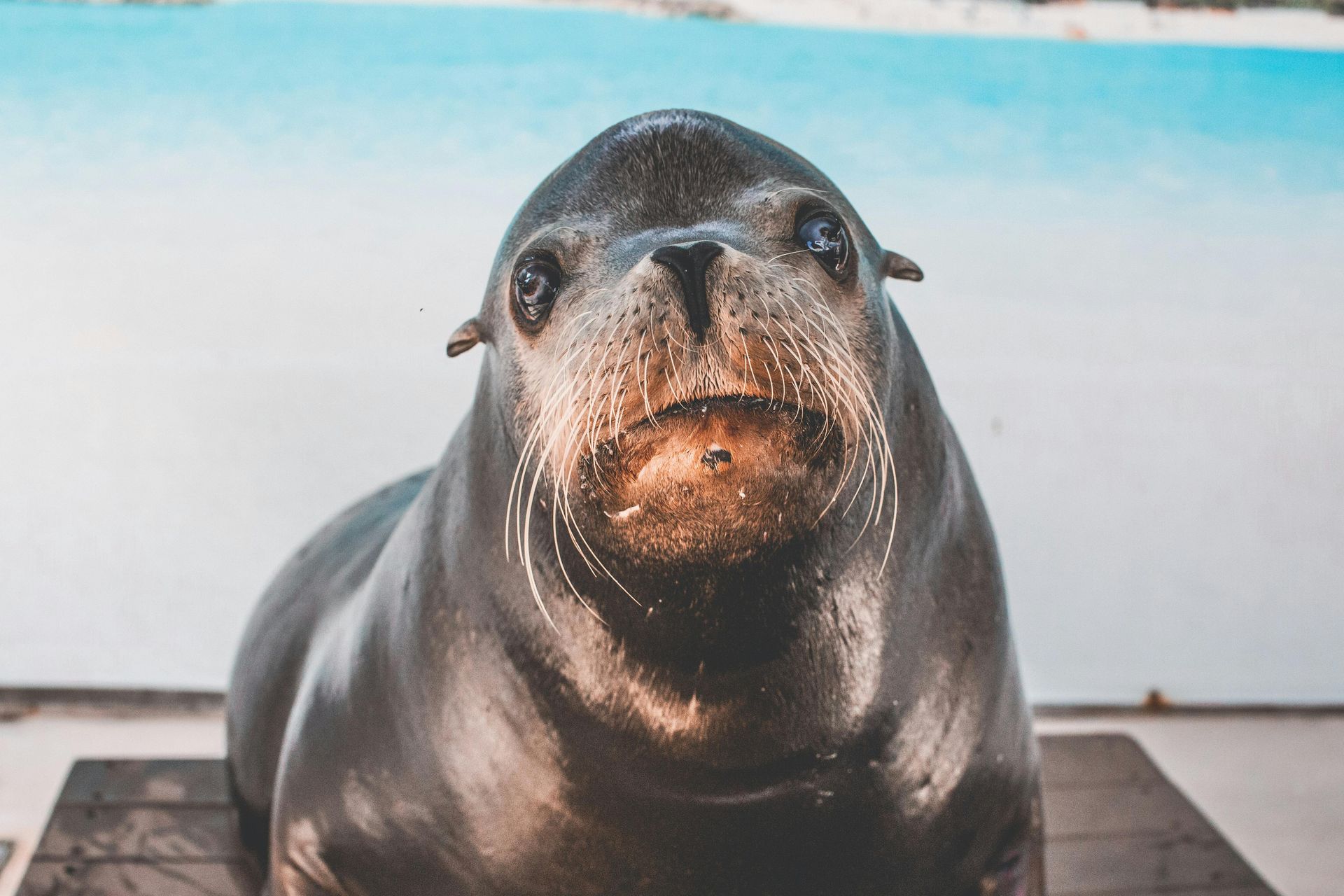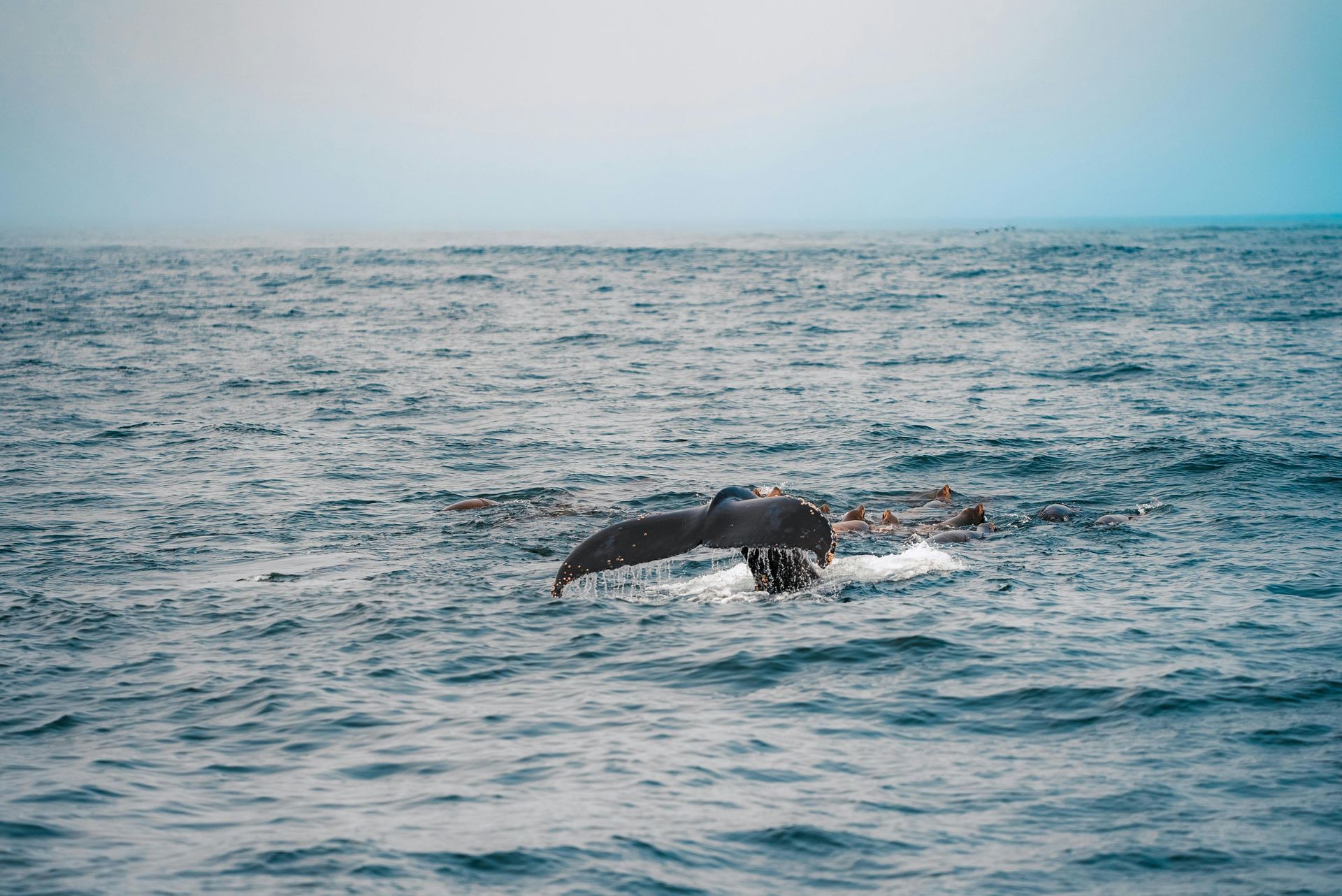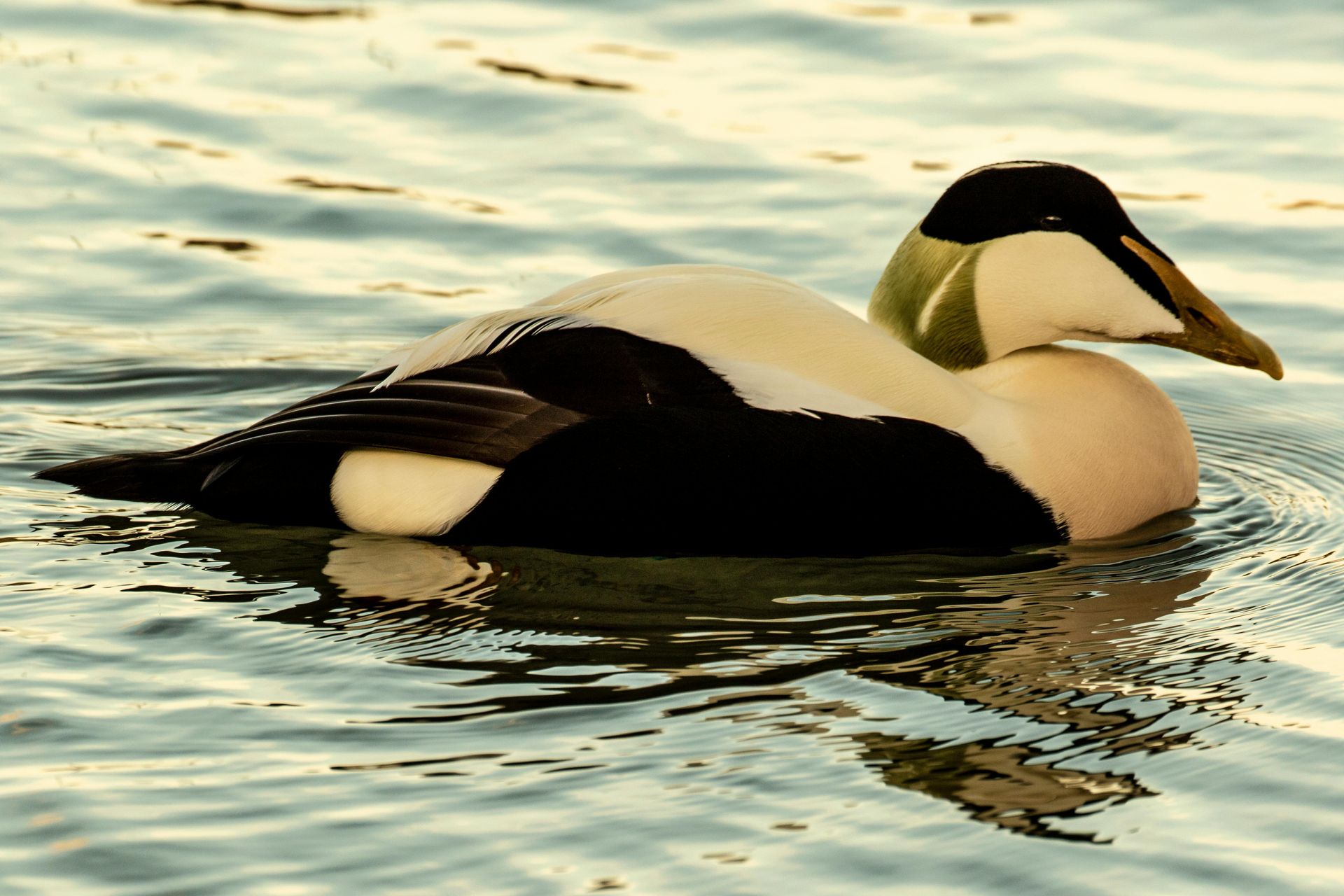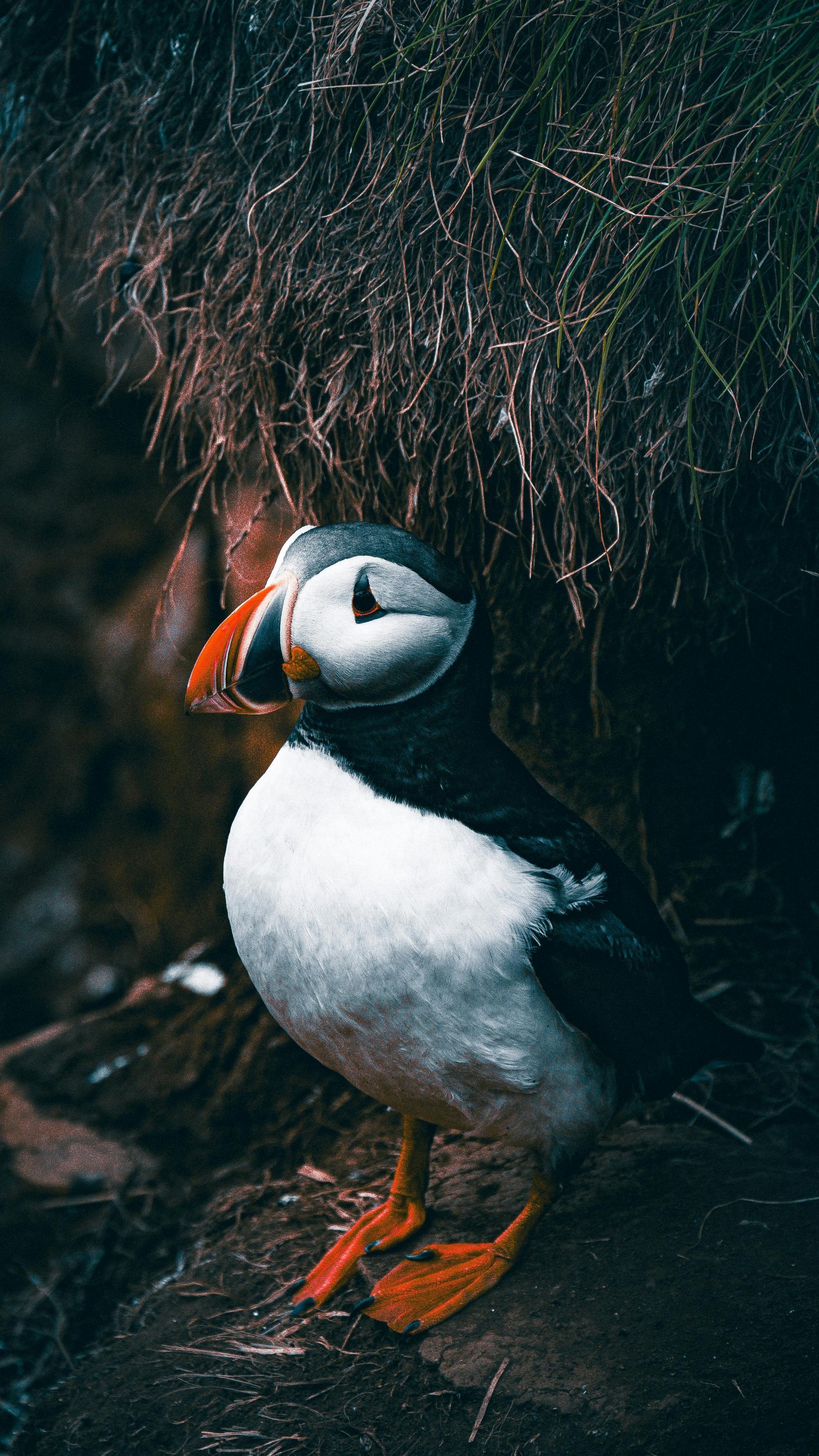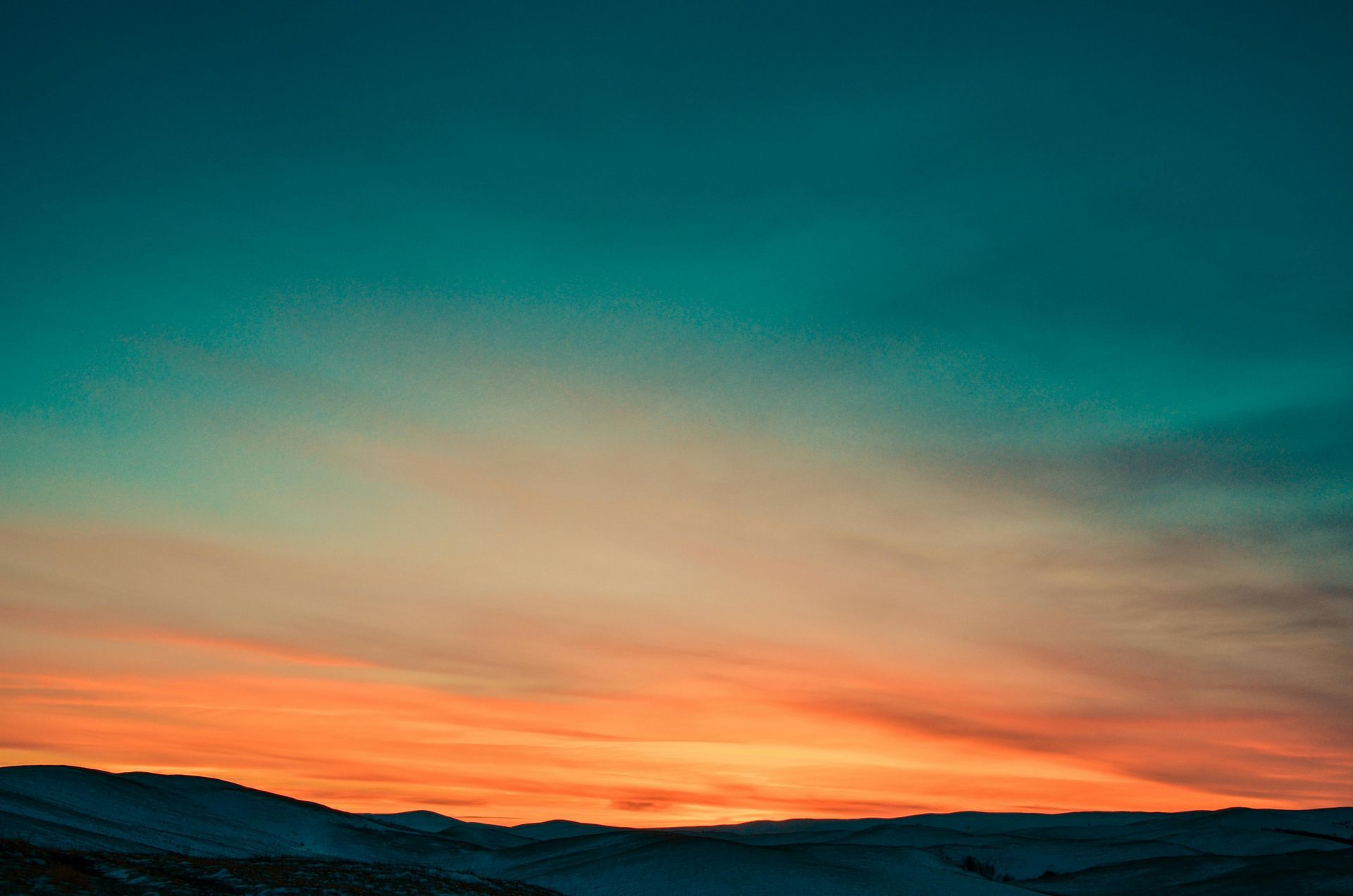Svalbard History Facts in January
Svalbard History Facts in January
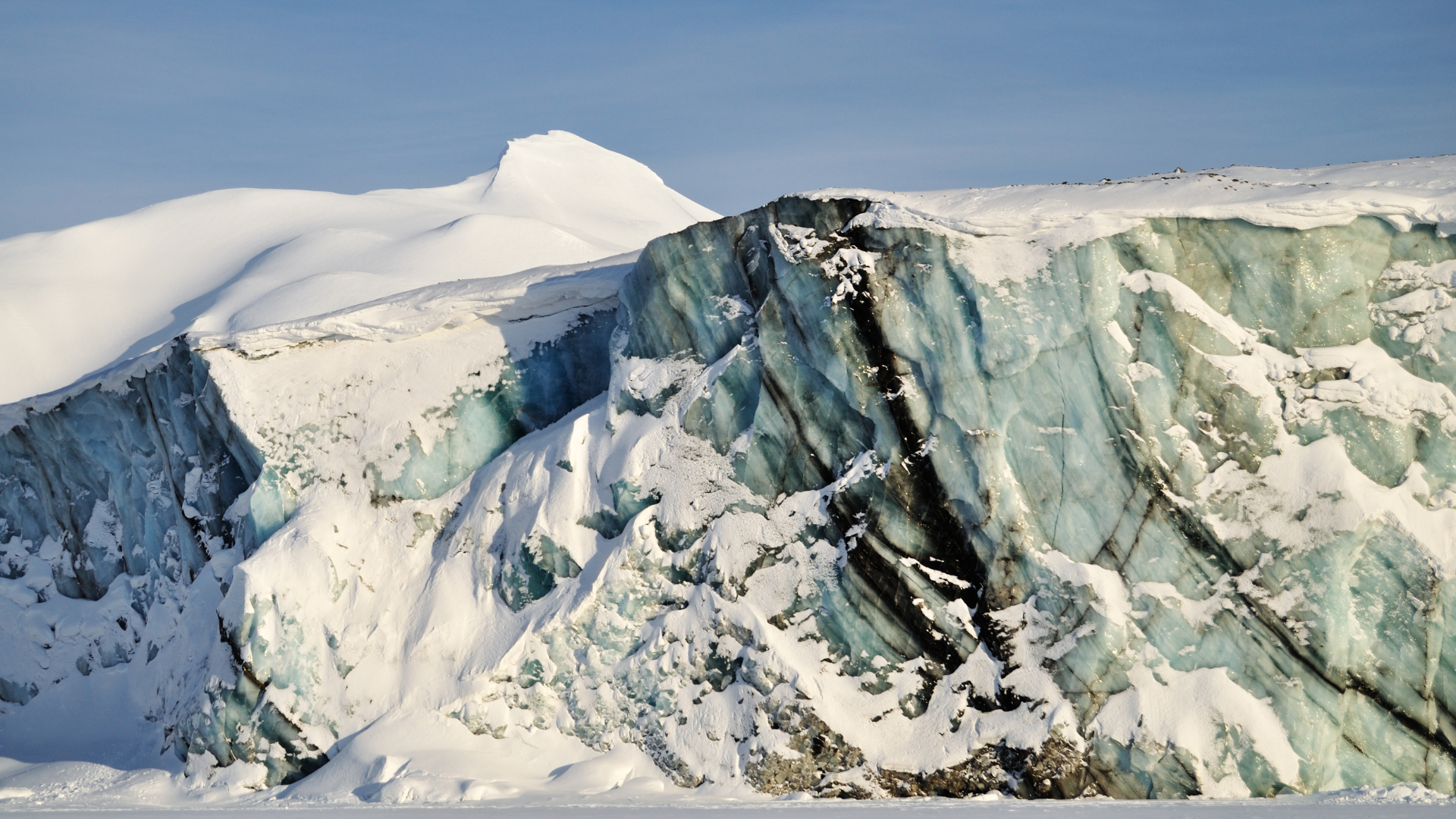
January is a time of deep winter in Svalbard, where the Arctic archipelago is enveloped in continuous darkness and the landscape is covered in snow and ice. This remote region, located halfway between mainland Norway and the North Pole, has a rich history that is as fascinating as its stark beauty. The first recorded discovery of Svalbard was by Dutch explorer Willem Barentsz in 1596. His expedition marked the beginning of European interest in the Arctic, leading to subsequent explorations and the eventual establishment of whaling stations in the 17th century.
The 18th and 19th centuries saw Svalbard becoming a hub for whaling and walrus hunting, with various nations, including the Dutch, English, and Norwegians, establishing seasonal whaling stations. These activities significantly impacted the local wildlife populations, leading to a decline in whale and walrus numbers. During this period, the archipelago was also frequented by polar explorers, scientists, and adventurers drawn by the mystery and challenge of the Arctic.
The early 20th century marked a new chapter in Svalbard's history with the advent of coal mining. The first permanent settlements were established by mining companies, and Longyearbyen, named after American entrepreneur John Munro Longyear, became the most prominent settlement. The Svalbard Treaty of 1920, signed in Paris, recognized Norwegian sovereignty over the archipelago while allowing other signatory countries to engage in commercial activities. This treaty remains a cornerstone of Svalbard's legal status today.
World War II brought significant upheaval to Svalbard. The archipelago's strategic location led to the evacuation of its population and the destruction of mining infrastructure by Allied forces to prevent its use by the Germans. After the war, the rebuilding process began, and Svalbard's role as a center for Arctic research and tourism started to take shape. The 1950s and 1960s saw increased scientific interest, with research stations being established to study the Arctic environment, climate, and wildlife.
The late 20th century witnessed a shift in Svalbard's economic focus from mining to tourism and research. Longyearbyen transformed into a modern town with facilities catering to scientists, tourists, and residents. The establishment of the University Centre in Svalbard (UNIS) in 1993 further cemented the archipelago's role as a hub for Arctic research and education. The Global Seed Vault, opened in 2008, underscored Svalbard's global significance as a safe repository for the world's crop diversity.
Today, Svalbard continues to attract scientists, adventurers, and tourists from around the world. The archipelago's unique legal status, pristine environment, and rich history make it a fascinating destination. Efforts to preserve its natural beauty and wildlife are ongoing, with strict regulations in place to protect the fragile Arctic ecosystem. The history of Svalbard is a testament to human curiosity, resilience, and the enduring allure of the Arctic.


